Dear Sirs:
Regarding the article on the Doolittle Raiders attack on Japan entitled “Pearl Harbor Payback” (July 2002), there are several corrections that should be noted.
It was my good fortune to be staying at the Adams Mark Hotel in Columbia, SC, late this April, where the remaining members of the Raiders were celebrating the 60th anniversary of that remarkable achievement.
Your article mentioned that only a handful of the original heroes were still alive. Wrong! I had the privilege of talking to several of the great men and find that there are actually 23 of the original 80 (all in their eighties) still with us. Even more astounding was the fact that 13 of them were in attendance, signing autographs and actively participating in a wonderful program.
The article also mentioned that of the eight that were captured and subjected to horrible torture, only three survived. There were actually four. This is well chronicled in an excellent book by Carroll V. Clines, Four Came Home. The four survivors were Chase J. Nielsen, Jacob De Shazer, Robert L. Hite, and George Barr. Barr was not able to return with the other three after their release because of severe physical problems. I would recommend this book to everyone who is interested in this remarkable story of true heroics.
Tom Peterson
Bloomington, Indiana
Dear Sirs:
I just finished the May issue of your great magazine. I enjoyed it as always, with its great balance of articles on the various theaters, studies of individual actions and characters, and evolution of technology. I particularly enjoyed the article by Pat McTaggart on the battle of Targul Frumos (“A Defensive Stand on the Eastern Front”): I thought the author did a great job placing this particular battle in the general context of the Eastern Front in the spring of 1944 and describing the fighting; and the included map was excellent.
One small detail that escaped Mr. McTaggart’s encyclopedic knowledge is the nature of the “new tanks” employed by the Red Army in the spring of 1944, and that the Grossdeutschland Division was one of the first to encounter. Those were not the “Josef Stalin III” as stated, but the IS-2. The IS-III was introduced in the very last days of the fighting of the German-Soviet war in May 1945, and it is doubtful that it even saw combat, against the Germans at least. Also, most authors prefer now the Soviet spelling with an I (rather than a J) to transcribe the name of the Soviet dictator as “Iosif Stalin,” rather than the old-fashioned “Josef.”
This of course did not detract in any way of my continued pleasure in reading your magazine. Keep up the good work!
François M. Meurgey
Flemington, New Jersey
Gentlemen:
On page 12 of your July 2002 issue you state that “in the opening months of 1941, the American Volunteer Group (AVG), better known as the Flying Tigers, began encountering the Zero in dogfights.” Although widely believed, this statement is not true. A review of the AVG’s war record will show that they did not begin combat operations against the Japanese until several weeks after Pearl Harbor. Martin Caiden, in his history of the Flying Tigers, directly addresses this issue and attempts to dispel the popular myth that they were operational in early 1941. Please check the record and try to avoid perpetuating this factual inaccuracy.
David Husar
Arlington, Virginia
Dear Mr. Husar:
According to our research, the AVG flew its first official combat mission against the Japanese Air Force in China on December 20, 1941. The mission was against Japanese bombers without fighter escort. If earlier combat missions were flown and encounters with Zeros took place, we have not located a written record of such an event. Available information supports your contention. We appreciate your letter and the correction.—Ed.
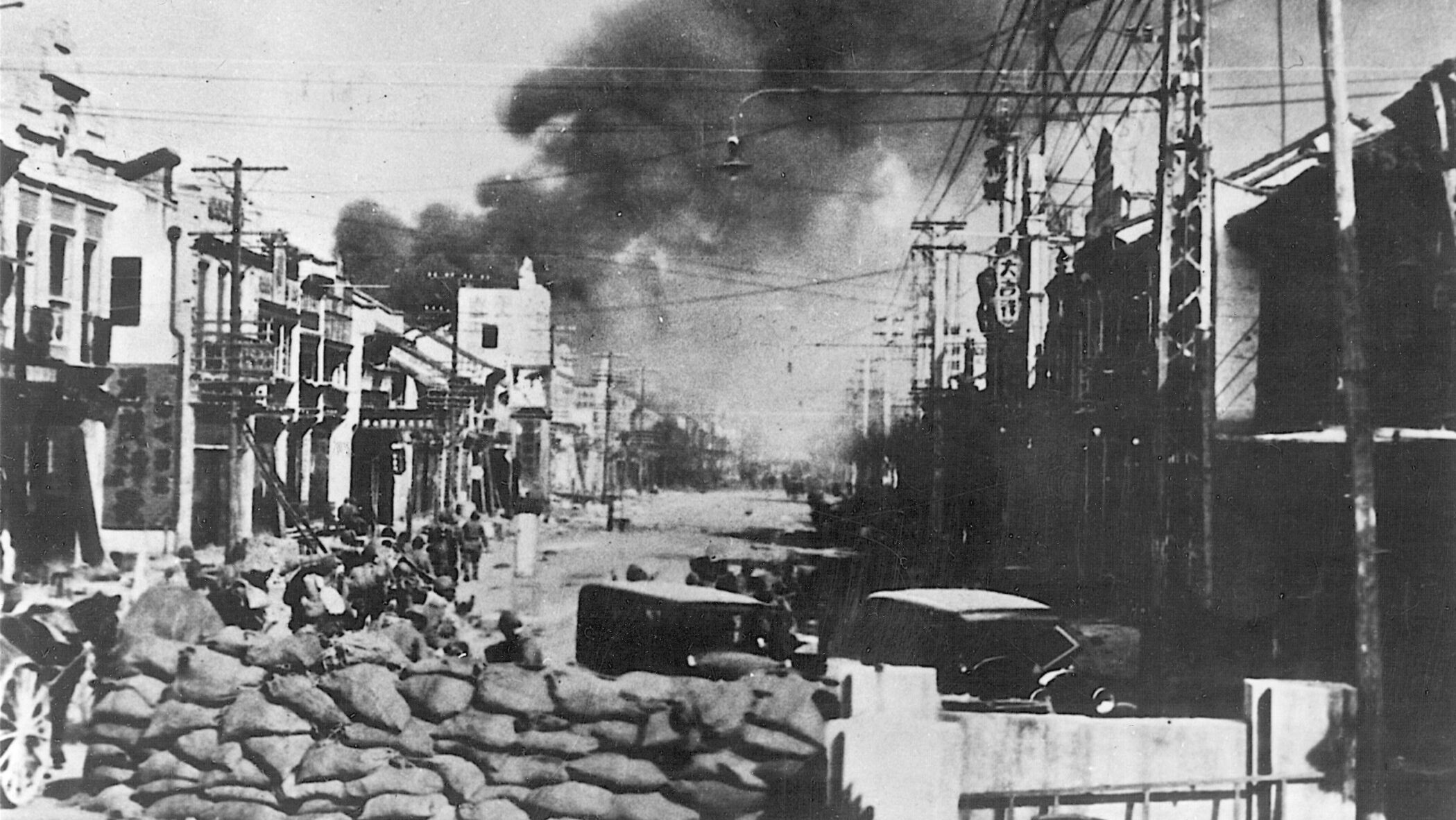
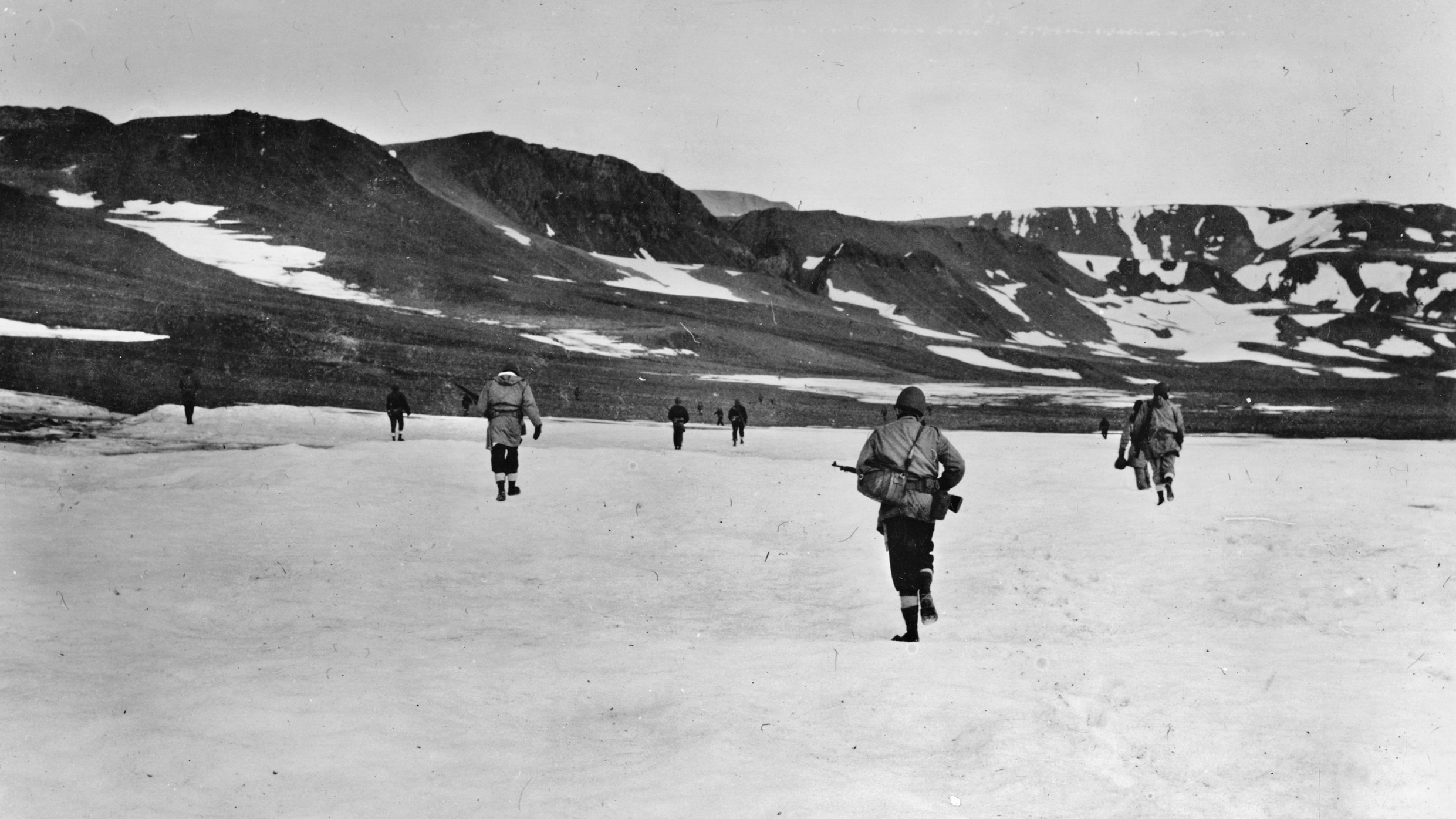
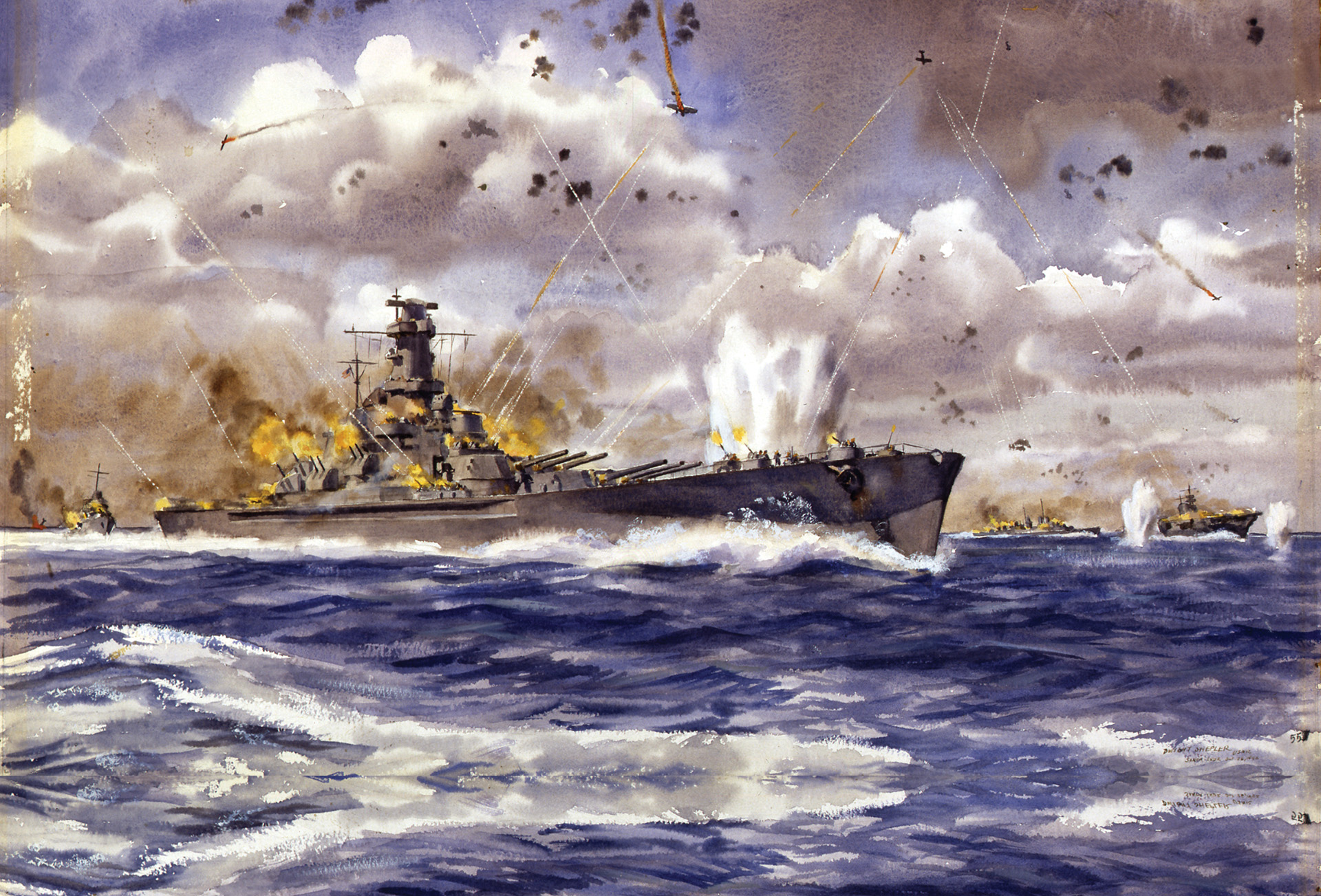
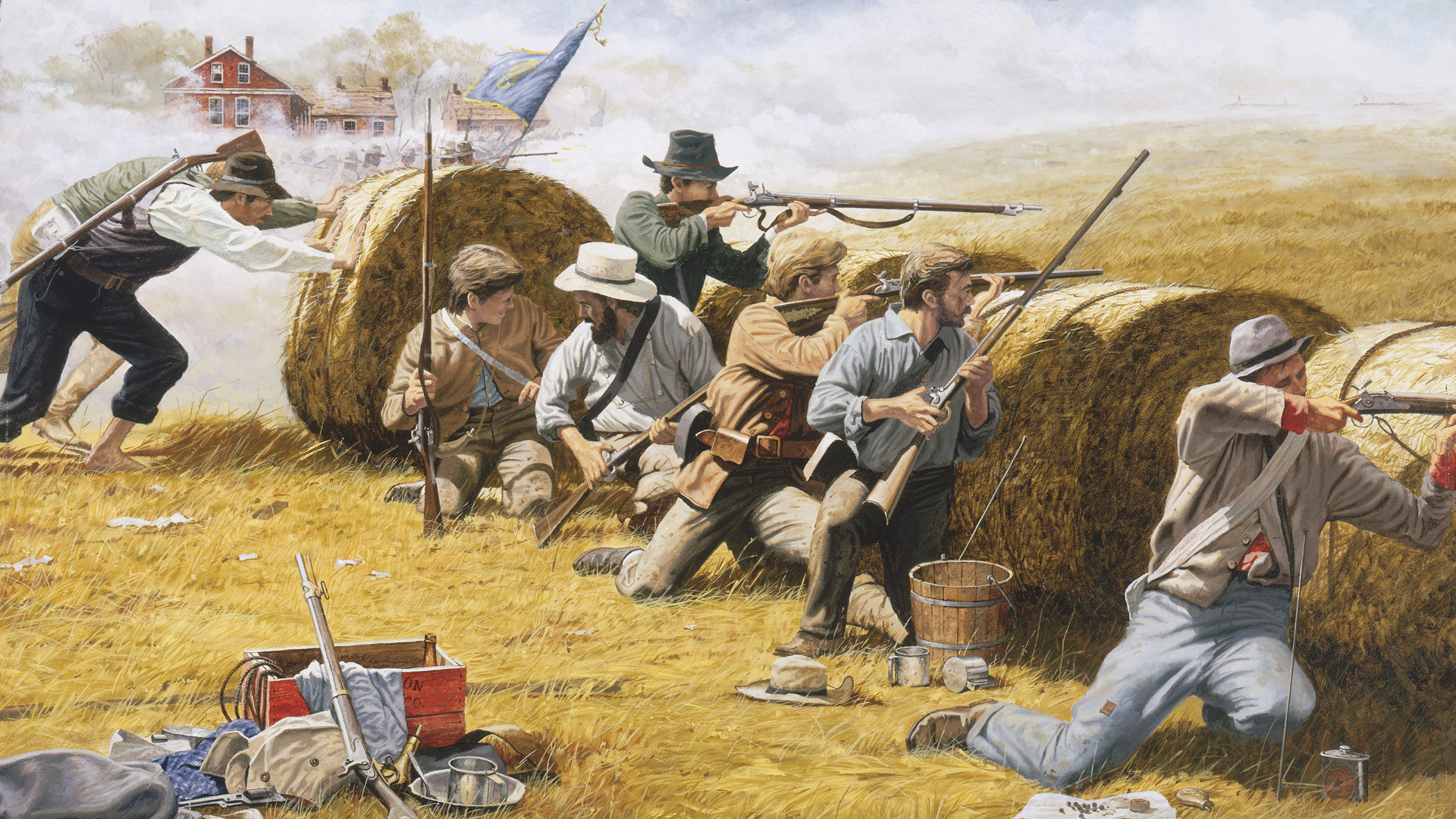
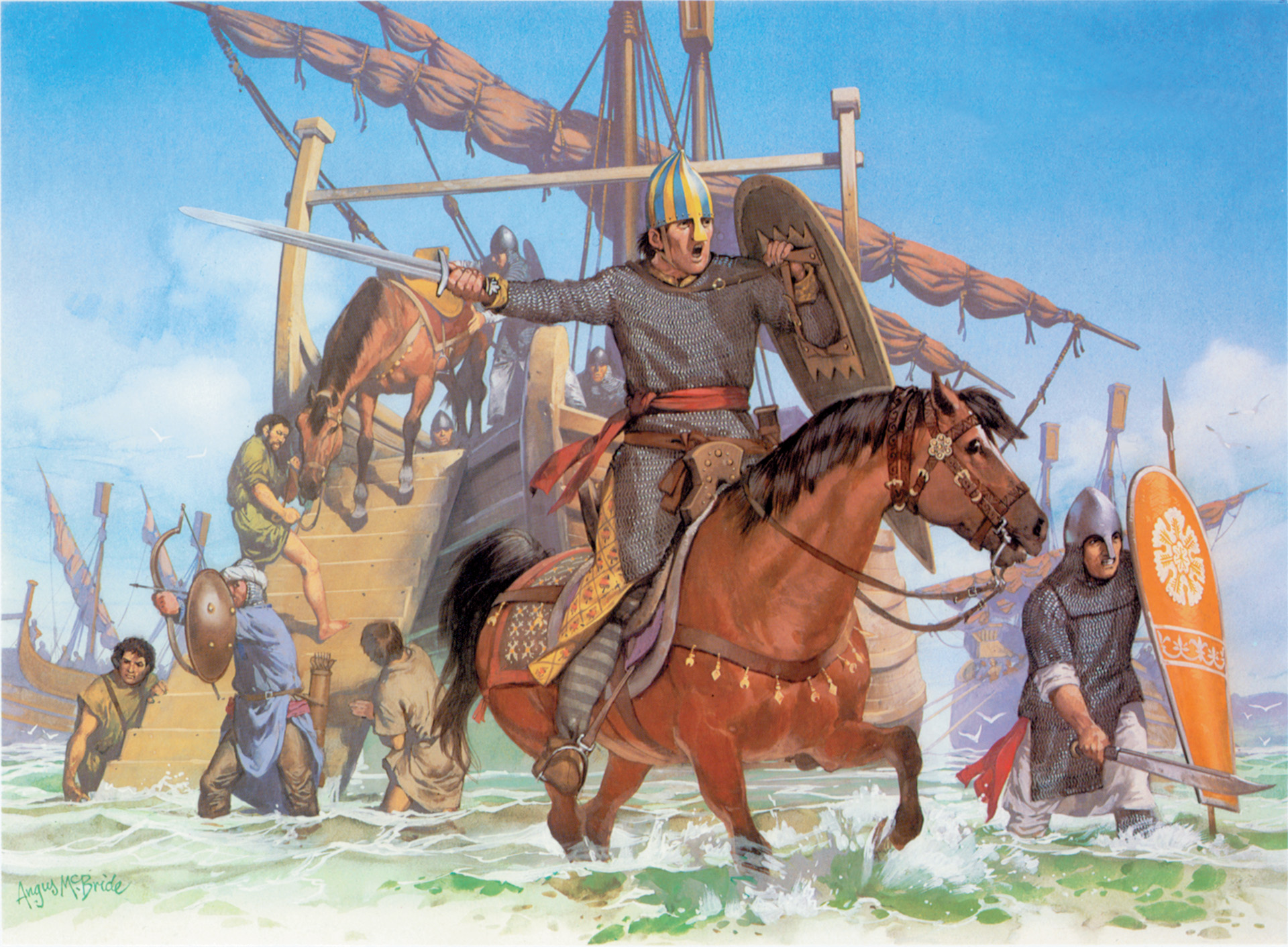
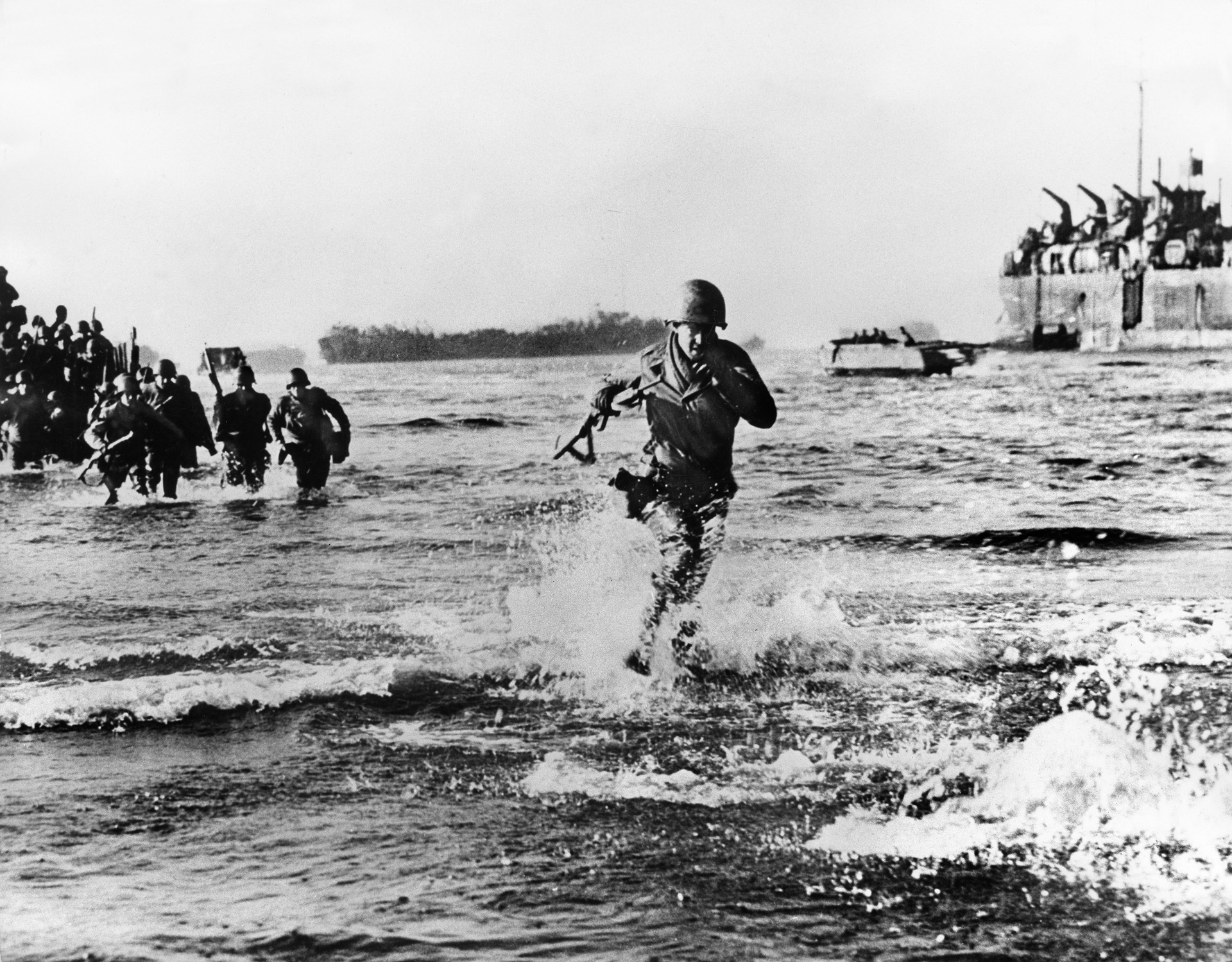

Join The Conversation
Comments
View All Comments